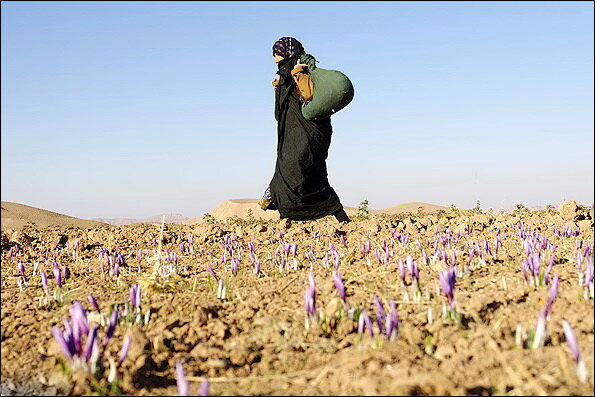Expert delineates factors driving rural population decline in Iran

TEHRAN – Over 53 percent of Iran's population were living in rural areas some four decades ago, but urbanization has influenced rural demographic trends, decreasing the rural population to 20 million, representing 25 percent of the country’s population, Shahla Kazemipour, a demographer and sociologist has said.
Referring to the three main reasons behind migration from villages to urban areas, she noted that population in Iran was associated with high growth due to increased fertility, but since the rural economy is based on agriculture, rural areas lost attraction due to lack of farms, ISNA reported on Wednesday.
Eventually, a population overflow happened in urban areas, that is, the population grew but rural economy was not capable of attracting more villagers, so the villagers migrated to the cities, she said, adding, on the other hand, high concentration of population in rural areas caused some populated ones to become cities.
Pointing to another factor contributed to increased urbanization rate, she noted that in the period when cities expanded due to population growth and migration, some surrounding villages joined the urban complex, and urbanization rate reached up to 75 percent.
Currently, rural areas hold a share of 21 million people in the country, of which 10.6 million are men and 10.1 million are women, she stated.
About 24 percent of Iran's population is less than 15 years old, and some 6 percent is above 65 years old, while 70 percent of the population is 15-65 years old, she announced.
According to statistics, rural areas are holding higher population of younger people, because fertility is still slightly higher than urban areas and migration from rural to urban areas generally occurs by working population, in fact about 27 percent of the rural population are aging less than 5 years old, she explained.
She went on to say that Golestan province ranks the first with highest rural population amounting to 47 percent and South Khorasan province comes the next with 41 percent of rural population, however, provinces of Qom and Tehran rural population account for less than 10 percent.
“Rural women account for a quarter of Iranian women, 2.7 million of which are youngsters aging less than 15, while 6.4 million of them also are 15-65 years old.
Although statistics showed that only seven percent of the rural women are working, it can be argued that in fact out of the 6.4 million women aged 15 to 65, about 40 percent are active as many of whom are involved in farming, animal husbandry and poultry,” she explained.
Referring to the healthcare among rural women, she said that the country’s mortality rate is 5 per 1,000, but statistics show that the mortality rate is higher among men, with a rate of 6 per 1,000 while the figure is less than 5 per 1,000 among women.
However, mortality rate in urban areas are lower than rural areas, she lamented.
“Rural health facilities are less than urban areas, so lower of access to healthcare services and lack of sufficient income have made rural population less likely to live more.
And, rural women's daily activities such as farming, carpet weaving, animal husbandry, along with lack of awareness of healthy nutrition are the other reason behind higher mortality rate in villages,” she stated.
But the country’s average fertility rate is 2, in urban areas about 1.8 while it increases to 2.2 in rural areas, she concluded.
Abolfazl Razavi, deputy vice-president for rural development and deprived areas, has said that some 60 percent of migrations from rural to urban areas are caused by the lack of appropriate jobs and sufficient income for educated people.
Measures taken to reverse migration by making people to move to rural areas including providing facilities and sustainable job generating has increased rural population in some provinces of the country, he highlighted.
FB/MG
Leave a Comment